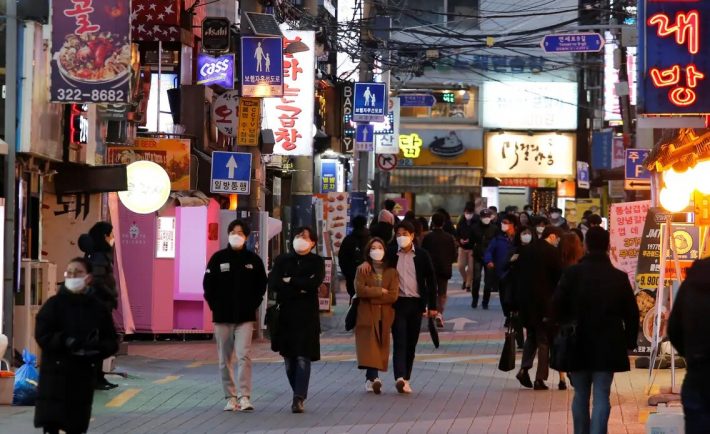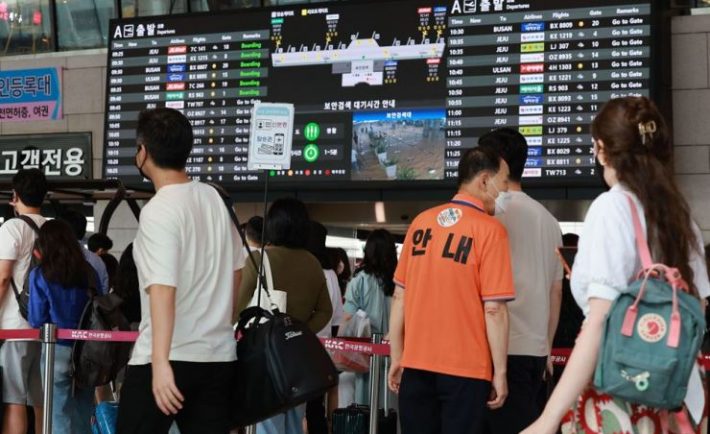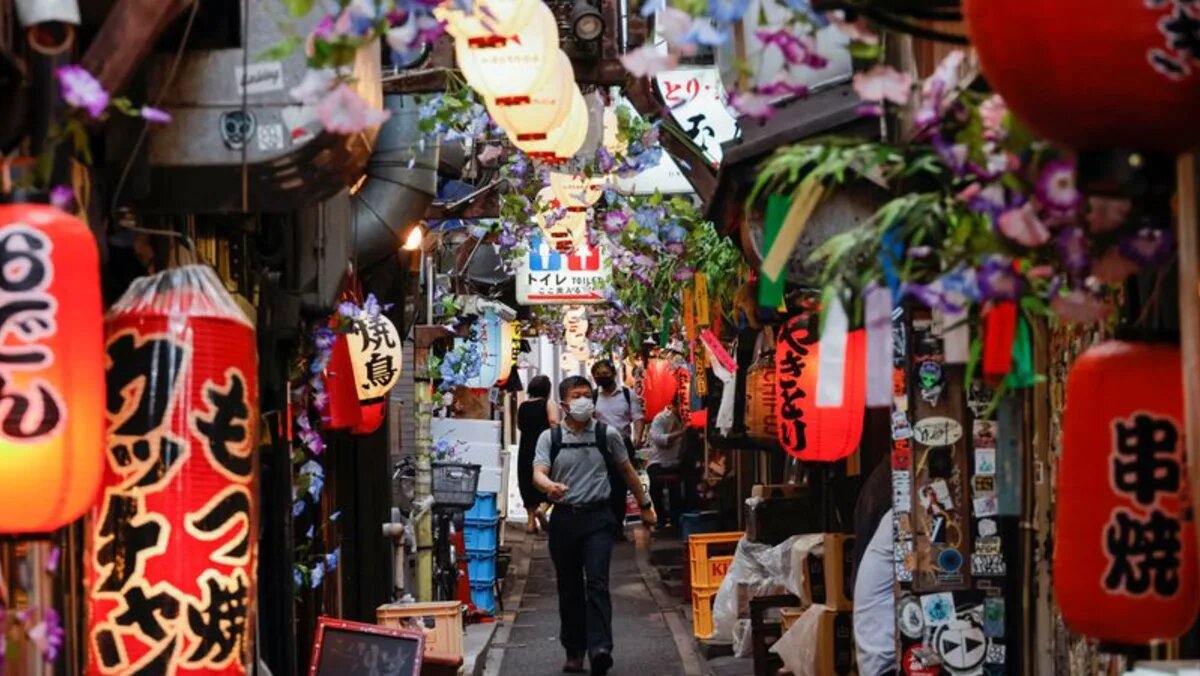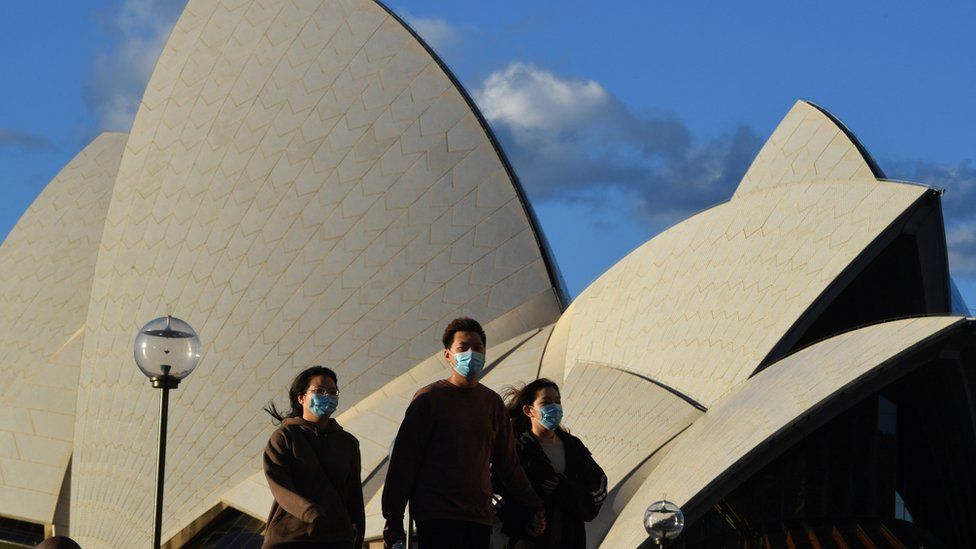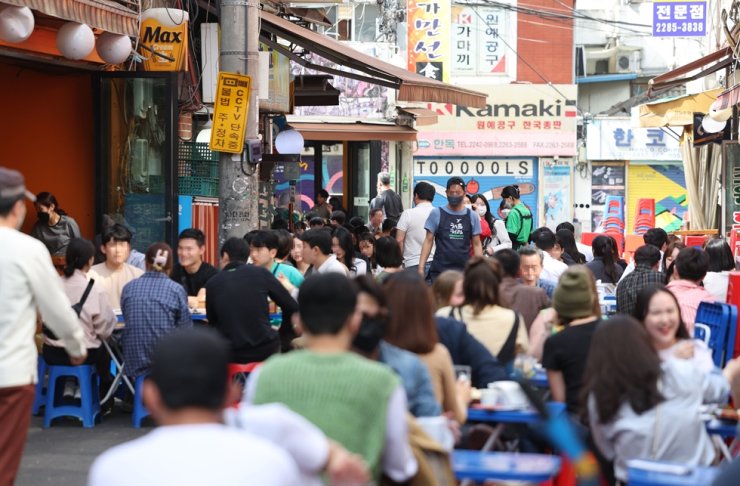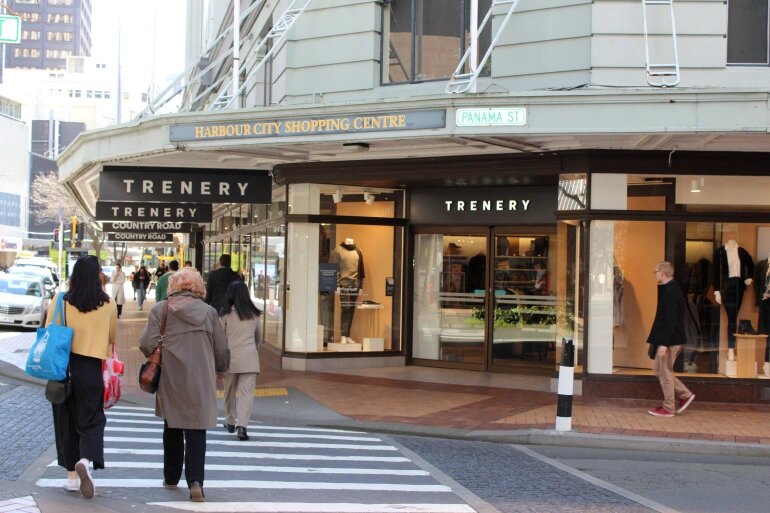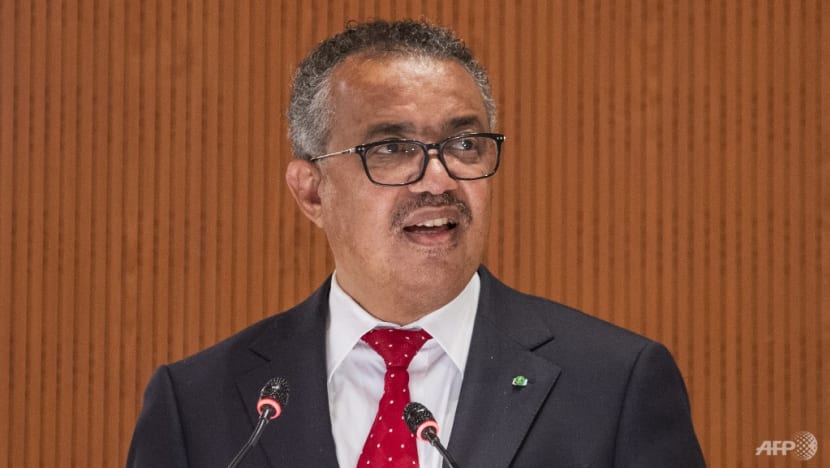For those who have been keeping up with the news, it’s impossible not to know that COVID-19 is firing up again.
An even more recent mutant, BA.2.75, may be on the radar as Singapore battles its most recent round of COVID-19 infections brought on by the BA.4 and BA.5 Omicron variants.
According to a virologist at Imperial College London, the subvariant BA.2.75 is worth monitoring because of its abundance in spike mutations, apparent quick development, and extensive geographic distribution.
But for those who are still hopeful that travel plans won’t be disrupted, keep reading for COVID-19 updates in Taiwan, Japan, Canada, and South Korea.
Taiwan
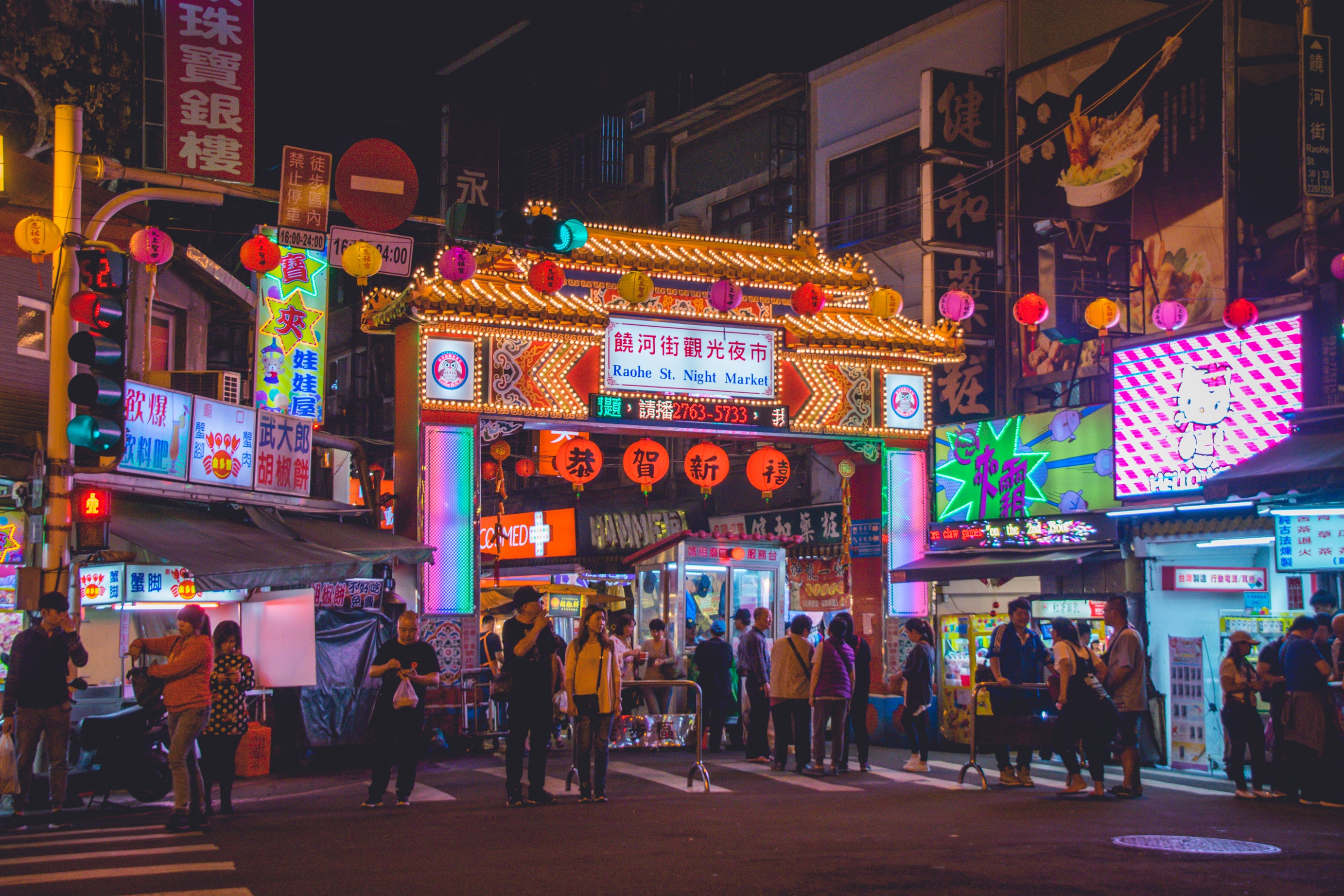
Image Credits: unsplash.com
Taiwan wants to end its two-year tourist ban, maybe by initially permitting both inbound and outbound group excursions at the same time. The director general of the tourism bureau stated that both incoming and outgoing tour preparations are in progress, involving the retraining of local guides and itinerary creators.
Japan
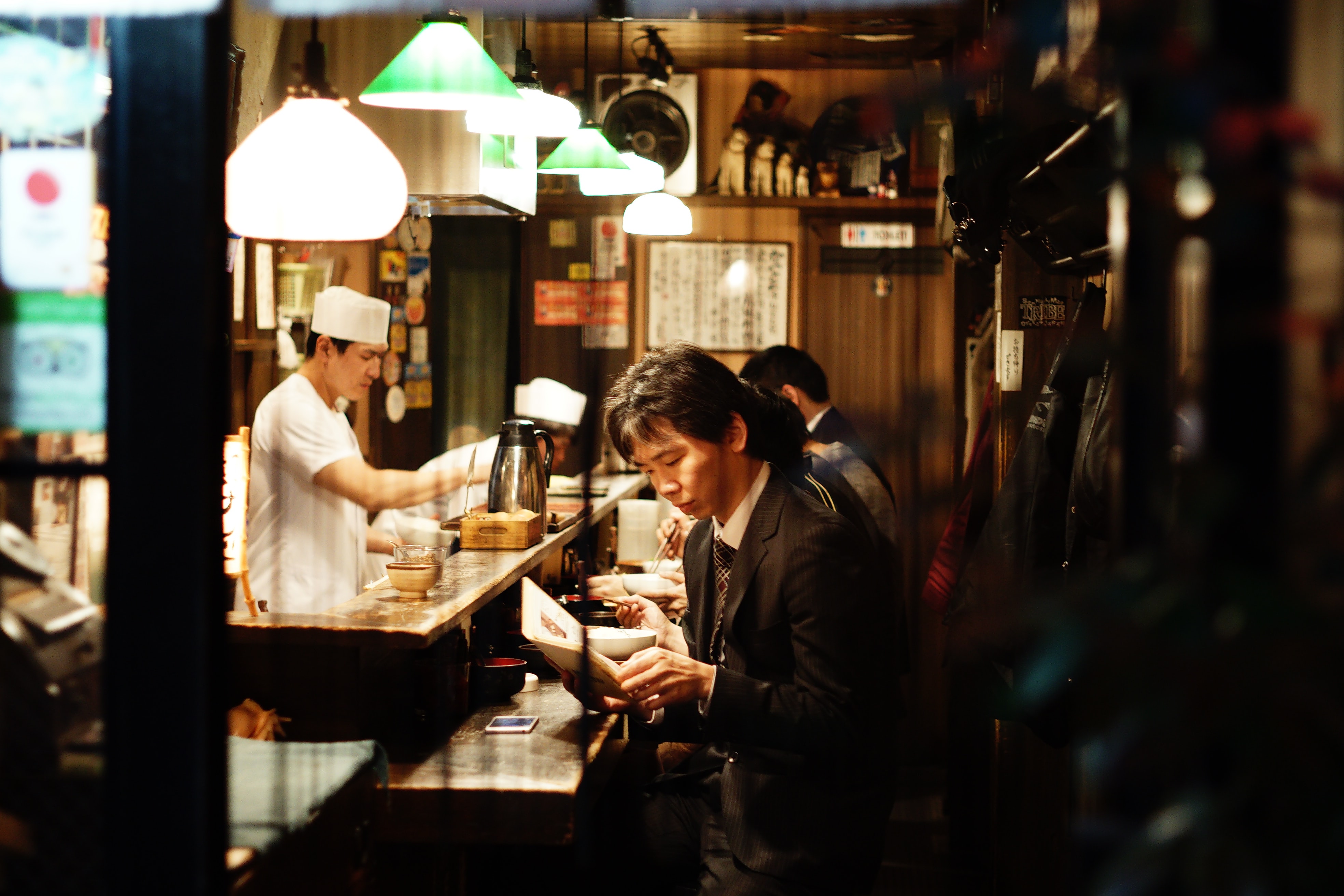
Image Credits: unsplash.com
On 21 July, Japan’s daily COVID-19 infections hit 180,000, breaking the previous day’s record. 31,878 coronavirus cases, a peak, were reported in Tokyo, surpassing 30,000 for the first time.
Chief Cabinet Secretary Hirokazu Matsuno stated during a news conference that movement restrictions should not be considered but that it is important to monitor the effects on the healthcare system carefully.
Some members of the COVID-19 advisory group for the health ministry have urged the government to take into consideration actions like declaring prefectures where an infection is spreading quickly as an emergency.
Canada
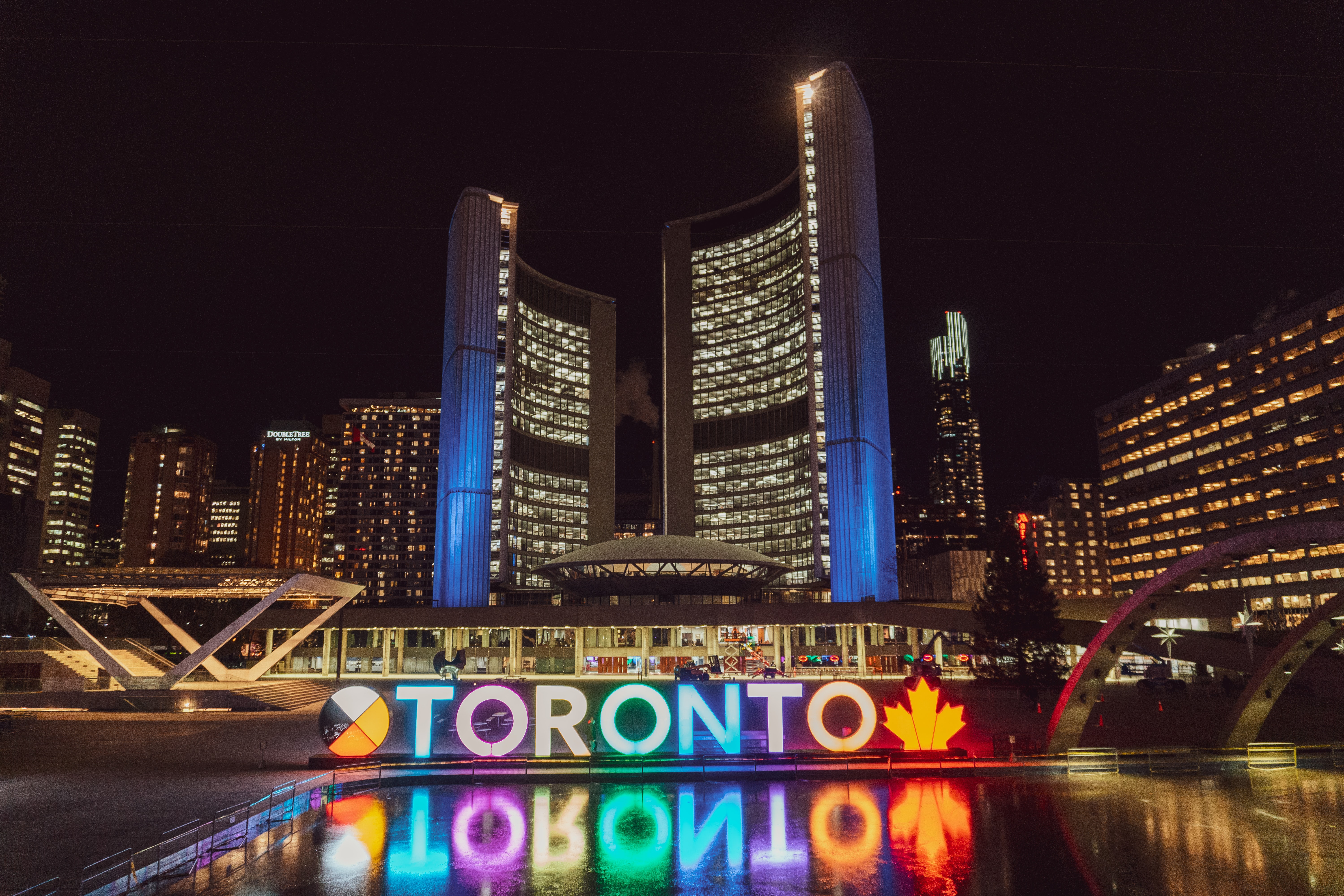
Image Credits: unsplash.com
For vaccinated visitors arriving in Canada by air, the four busiest Canadian airports—Vancouver, Calgary, Montreal, and Toronto—resumed obligatory random COVID-19 testing on 19 July.
Travelers will undergo COVID-19 tests outside of the airports, either through an in-person visit at a drugstore, testing vendor facility, or through an online appointment for a remote self-swab test.
Within 15 minutes of finishing their customs declaration, travelers will get an email notification if they have been chosen for required random testing. All necessary information needed to go through testing will be in that email too.
In addition, within 72 hours of their arrival in Canada, all visitors must utilize ArriveCAN to provide the necessary travel information, including their vaccination history.
South Korea
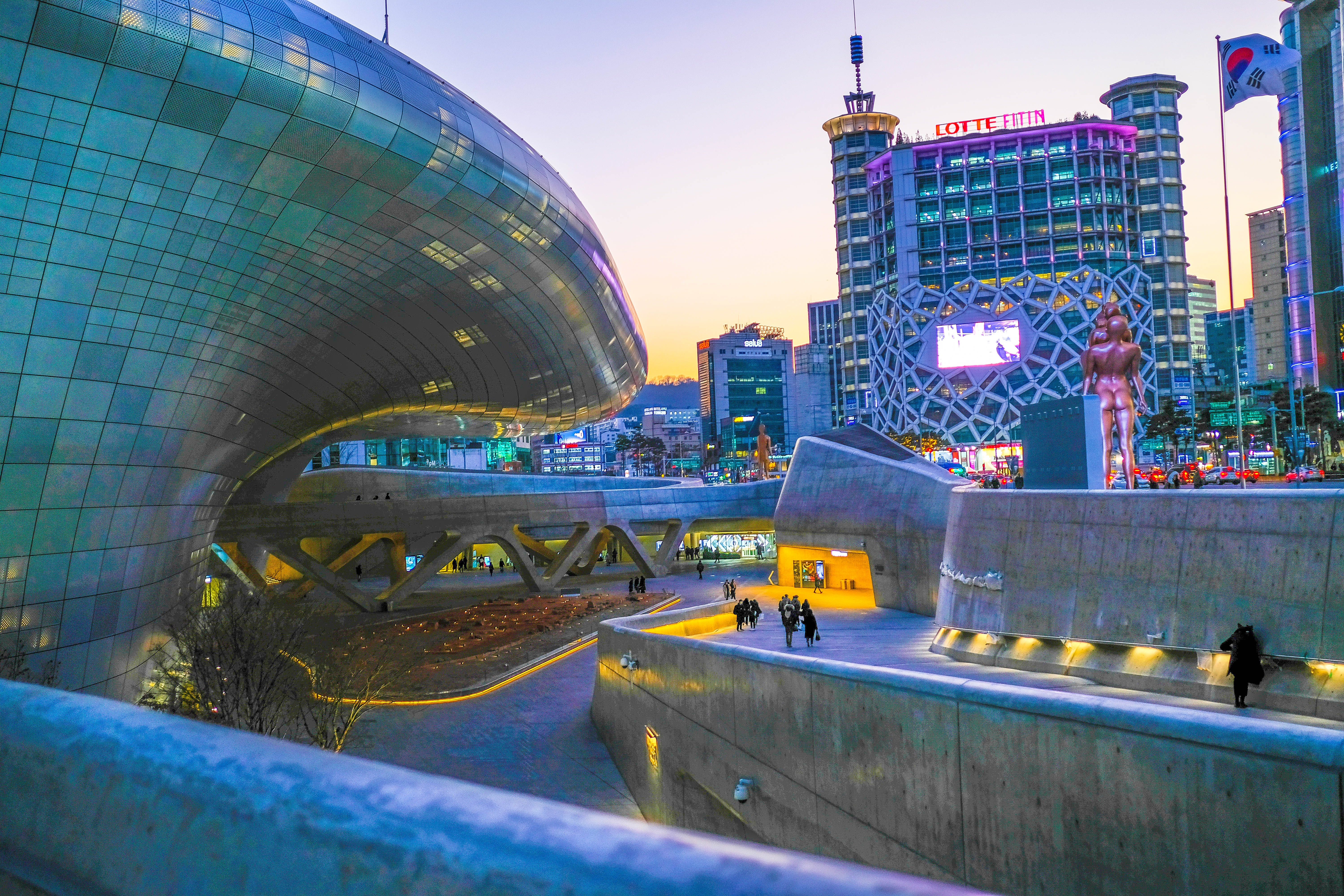
Image Credits: unsplash.com
Due to the emergence of a highly infectious Omicron subvariant, Korea’s new coronavirus cases remained above 70,000 for the third day in a row on 21 July. 71,170 new COVID-19 cases were recorded in the nation, 320 of which were international.
All visitors entering South Korea as of 25 July must undergo a PCR test within 24 hours due to the government being obliged to strengthen its testing requirements due to rising caseloads around the country. Travelers currently have up to three days after arrival to complete the test.
On the Q-code website, travelers can record the results of their on-arrival PCR tests. A seven-day quarantine at a designated quarantine facility is necessary if the on-arrival test results are positive.
South Korea is increasing the number of test facilities at airports around the nation to simplify on-arrival testing. Incheon International Airport presently has three test facilities, while Gimhae International Airport has one. This month, a testing facility will open at Jeju International Airport.
Editor’s note: All information published at the time of writing is accurate.

